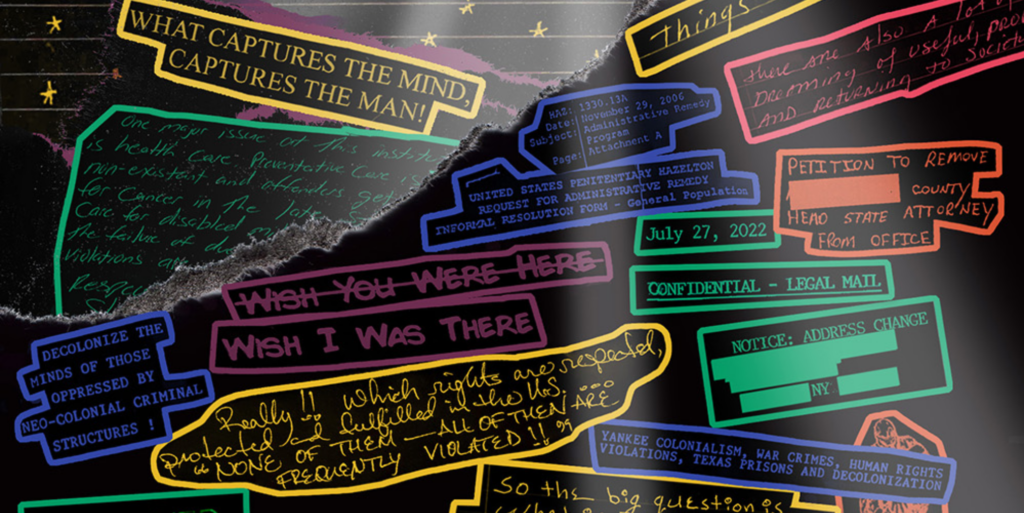Like many people in the criminal-justice system, John Chisholm, the District Attorney in Milwaukee County, has been concerned for a long time about the racial imbalance in American prisons. The issue is especially salient in Wisconsin, where African-Americans constitute only six per cent of the population but thirty-seven per cent of those in state prison. According to a study from the University of Wisconsin-Milwaukee, as of 2010 thirteen per cent of the state’s African-American men of working age were behind bars—nearly double the national average, of 6.7 per cent. The figures were especially stark for Milwaukee County, where more than half of African-American men in their thirties had served time in state prison. How, Chisholm wondered, did the work of his own office contribute to these numbers? Could a D.A. do anything to change them?
The recent spate of deaths of unarmed African-Americans at the hands of police officers has brought renewed attention to racial inequality in criminal justice, but in the U.S. legal system prosecutors may wield even more power than cops. Prosecutors decide whether to bring a case or drop charges against a defendant; charge a misdemeanor or…
Originally posted on The New Yorker website
Read @ The New Yorker
